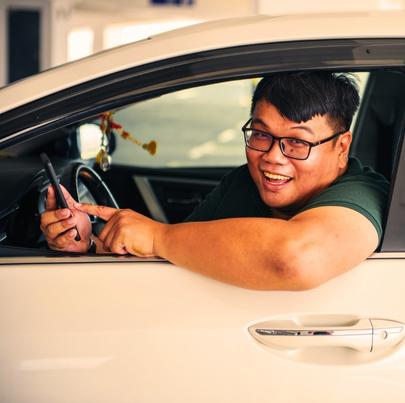Many rideshare drivers work for Uber and Lyft to earn more money, but drivers must log in to different apps to pick up rides.

Rideshare Drivers Working for Multiple Platforms
Current rideshare data shows that 75% of drivers drive for multiple rideshare services, with the most popular being Uber and Lyft. In some cases, drivers work for both driving and delivery services transporting passengers through Uber and Lyft and food through Doordash, Postmates, and Sidecar at the same time. The goal is to earn more money by getting paid for various services.
Uber and Lyft drivers commonly drive for multiple platforms to reduce wait times and get access to a larger pool of customers. However, most drivers choose one as their primary service, so they can keep their rides on a single platform. Most rideshare companies offer incentives for reaching a certain number of trips.
Since Uber and Lyft drivers work as independent contractors, rather than employees, rideshare services have certain restrictions which can complicate driving for multiple services. One restriction is logging into the Uber or Lyft rideshare app before picking up, transporting, or dropping off passengers. When driving for both companies, drivers often use 2 or 3 phones, so they can monitor and control services in a timely manner. This method often leads to missed calls, slower response times, and distracted driving accidents. Personal injury lawyers see a larger percentage of accidents when drivers juggle multiple apps to pick up more business.
The COVID pandemic also put restrictions on Uber and Lyft drives. The pandemic decreased rideshare services by as much as 65%. Although services have improved, they are still down. To gain profits, Uber and Lyft have raised their rideshare rates so much that their rideshare services are not affordable to many people who need to use them. Ultimately, the pandemic created a shortage of drivers and rate hikes to compensate for fewer services. Personal injury lawyers are witnessing more public transportation accidents with a drop-off in rideshare services.
To make matters worse, both Uber and Lyft established COVID-19 “sick pay policies” with strict eligibility requirements. Uber refuses to pay drivers facing COVID-related health problems and commonly deactivates their accounts to prevent COVID exposure to passengers. This has forced many drivers with existing health conditions to make choices – stop driving for Uber or drive for multiple rideshare companies to make ends meet.






